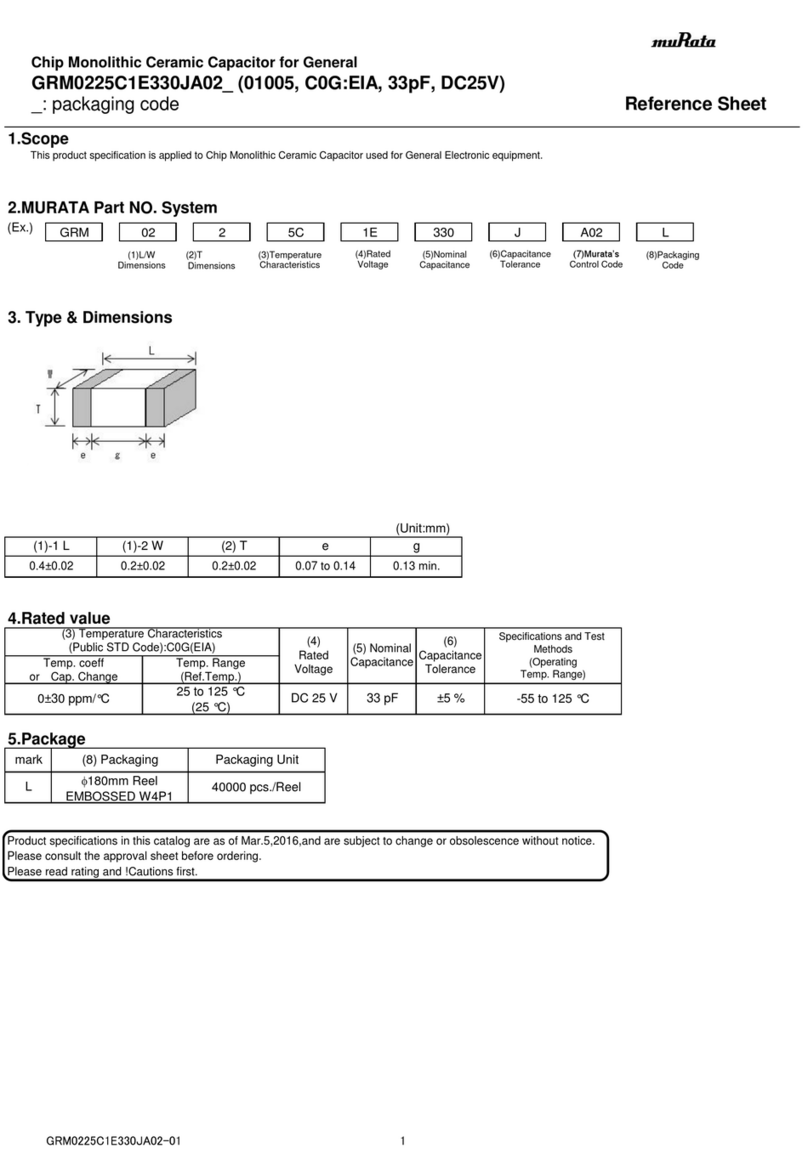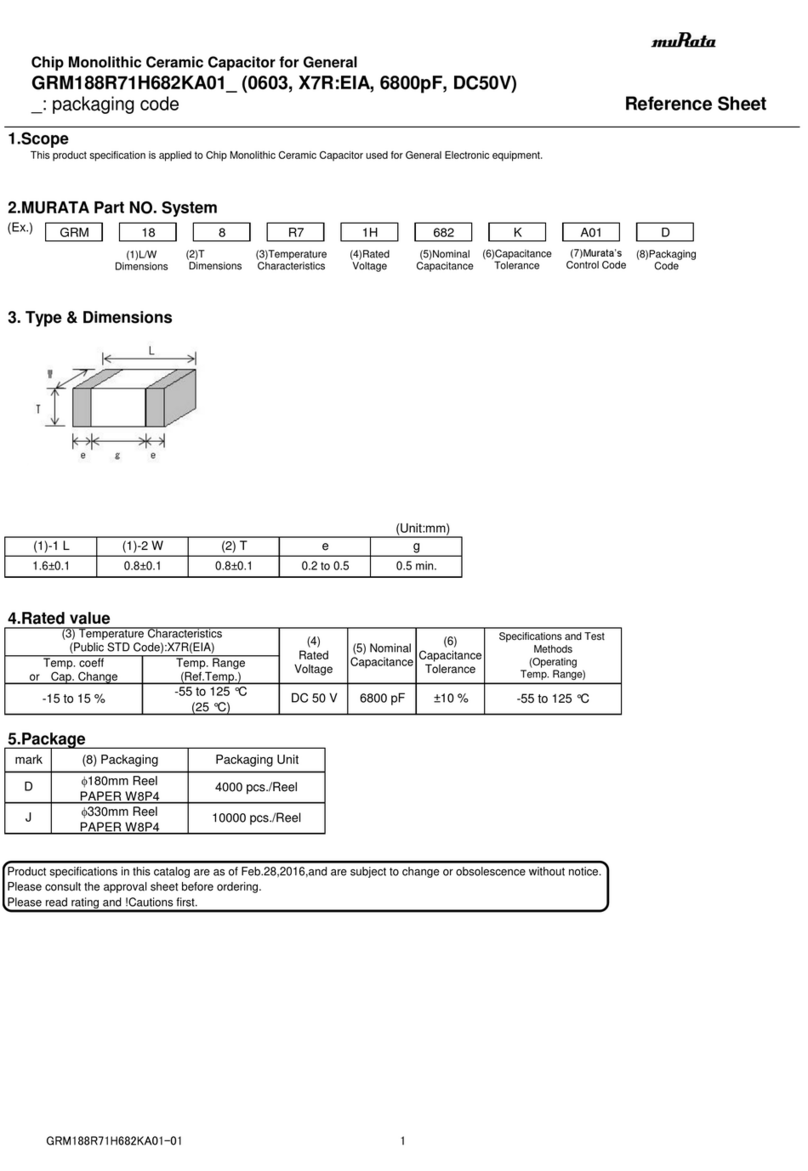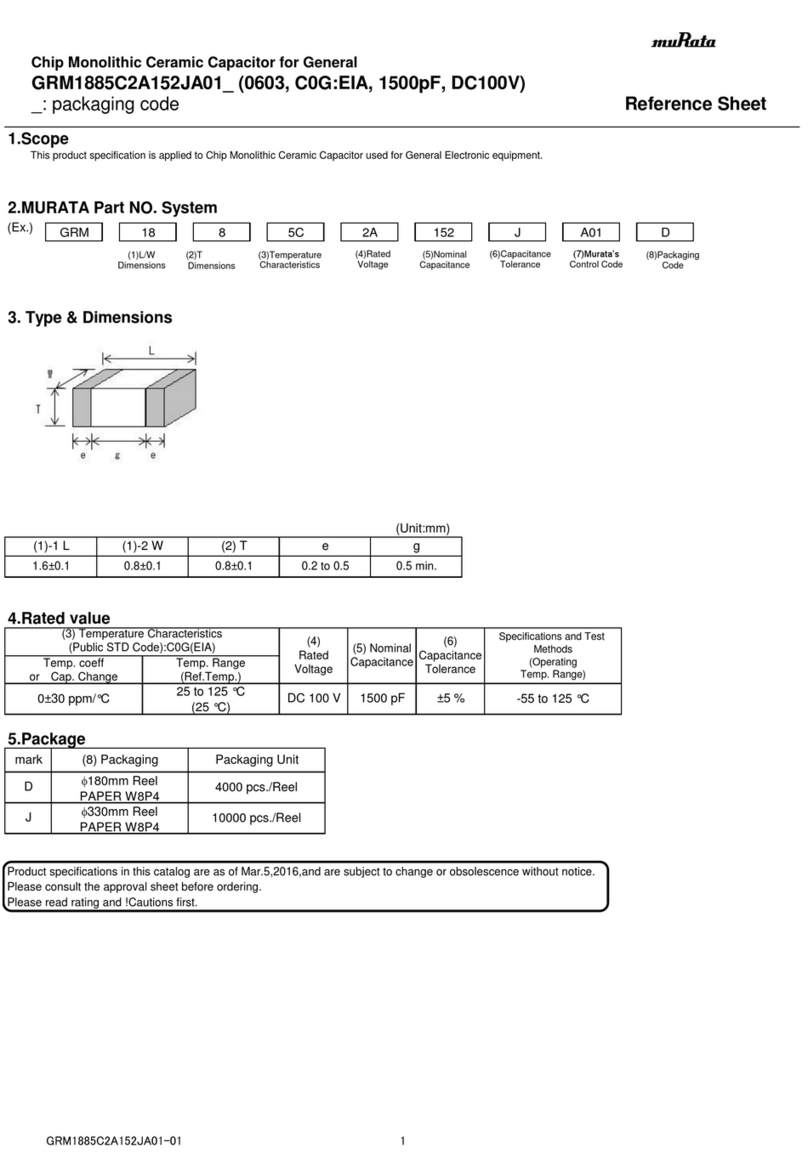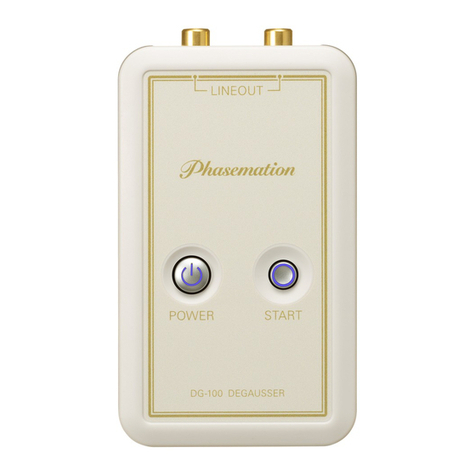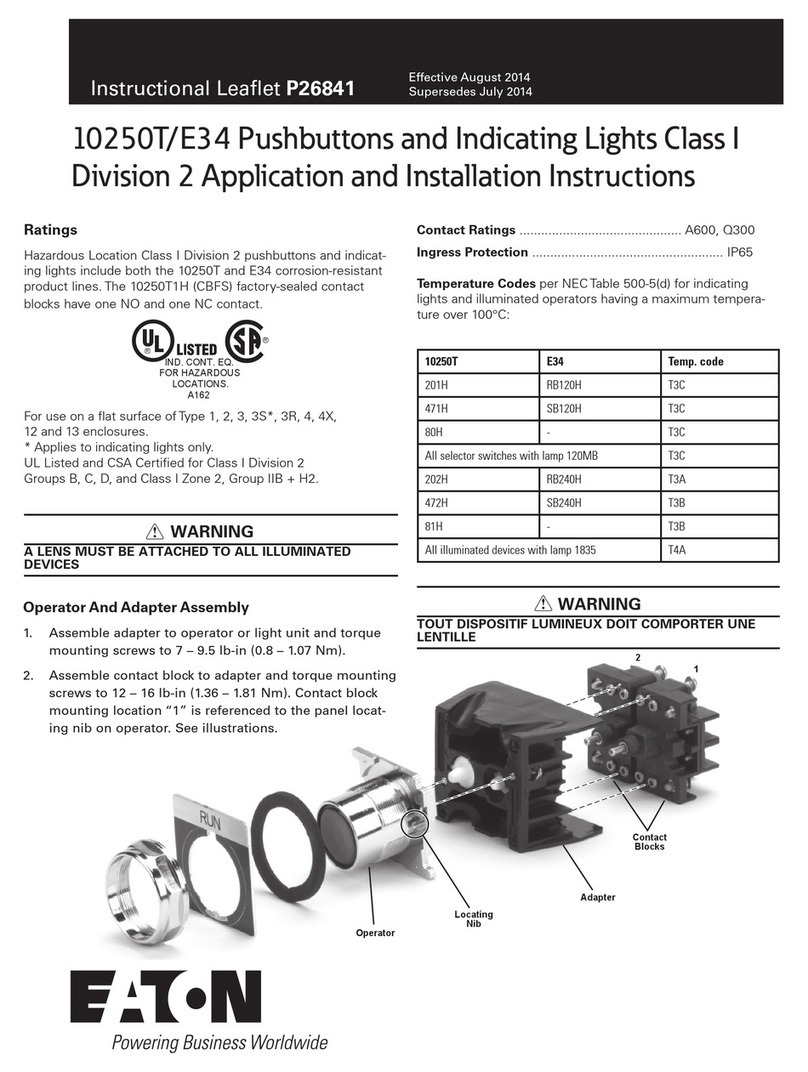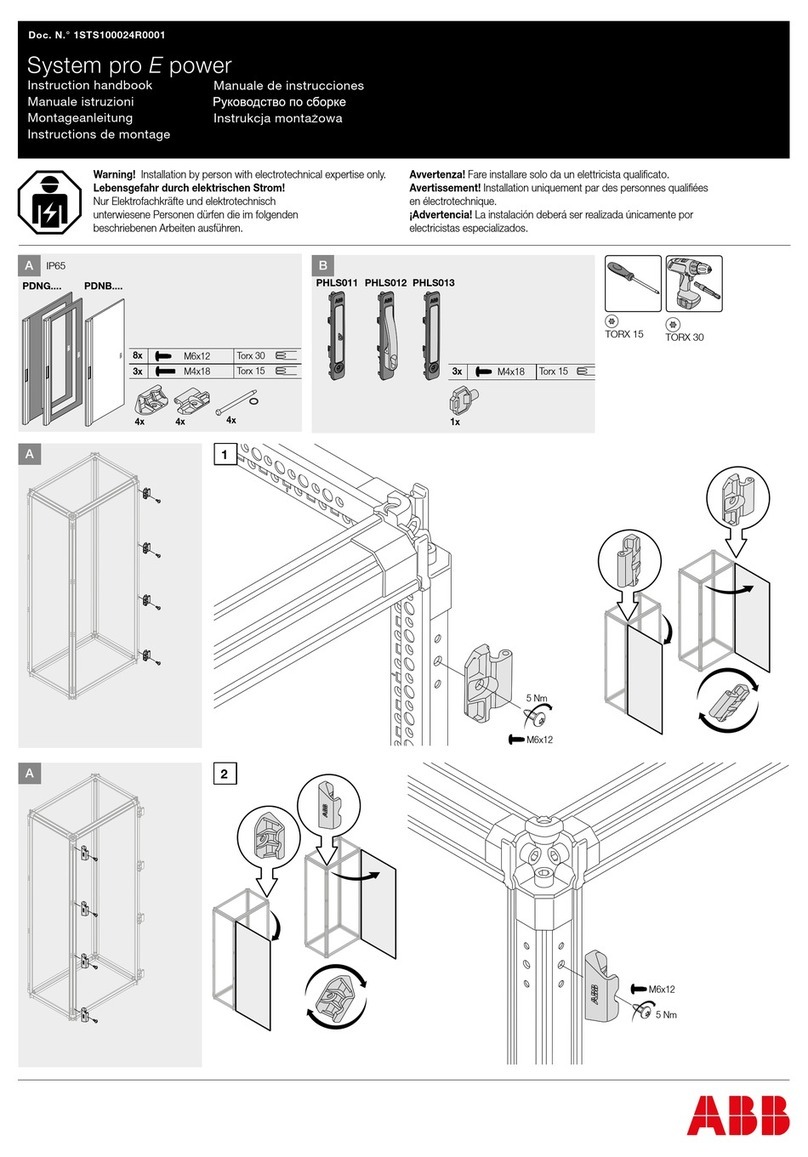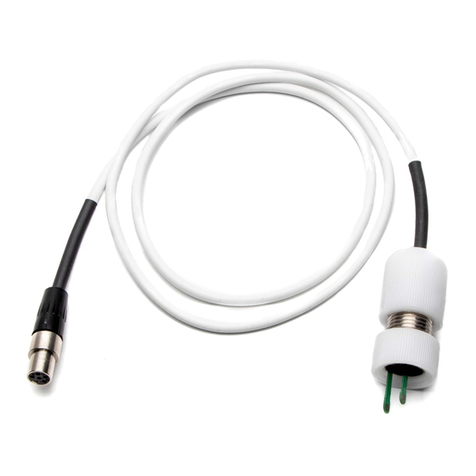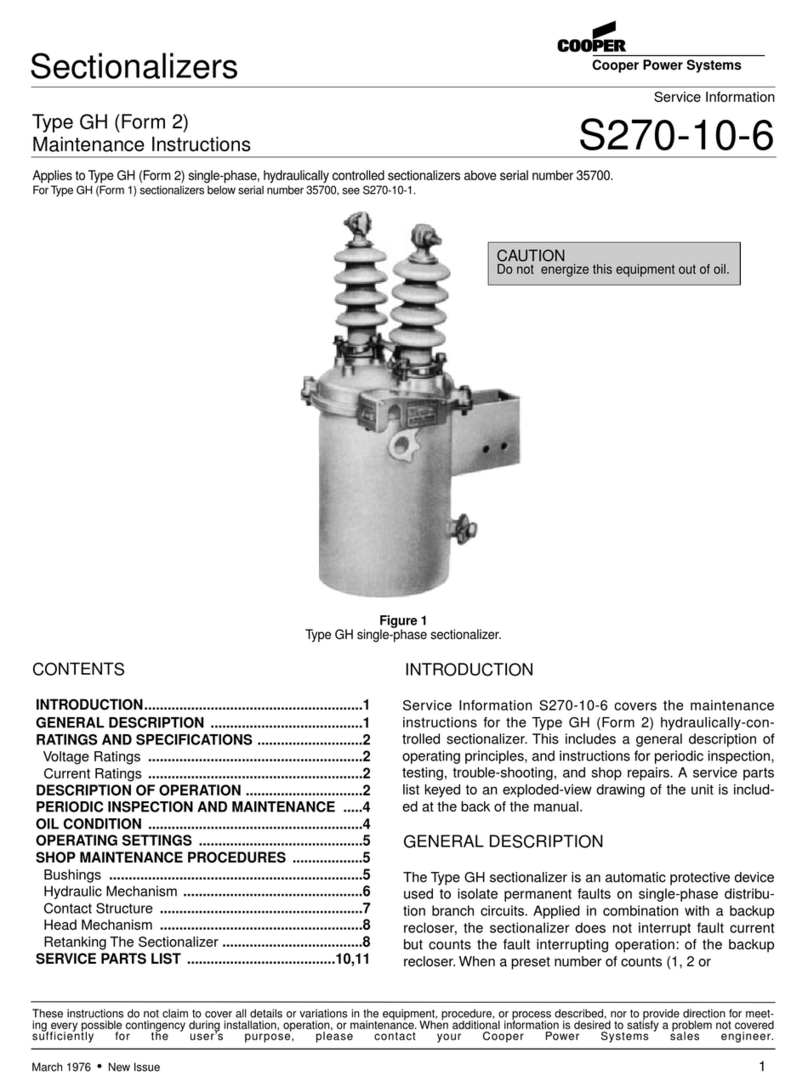Murata GRT32ER61E226ME13 Series User manual
Other Murata Industrial Electrical manuals

Murata
Murata GRM155R61C563KA88 Series User manual
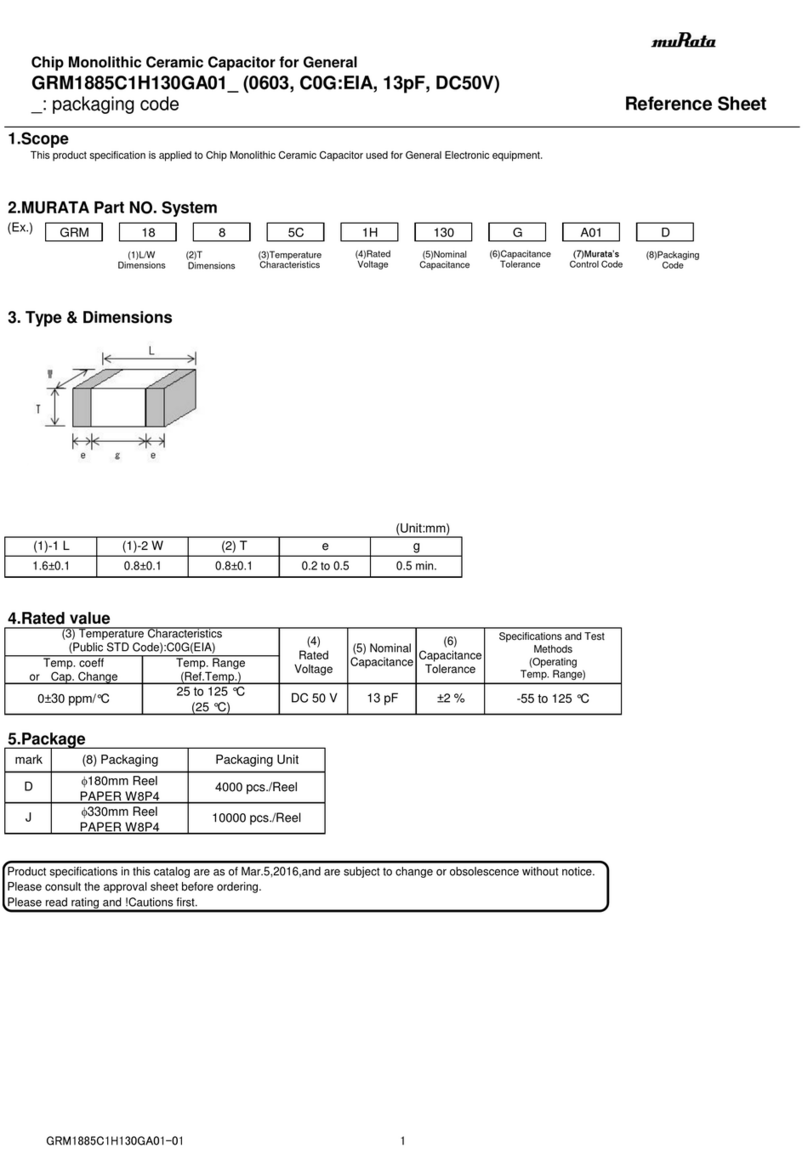
Murata
Murata GRM1885C1H130GA01 Series User manual
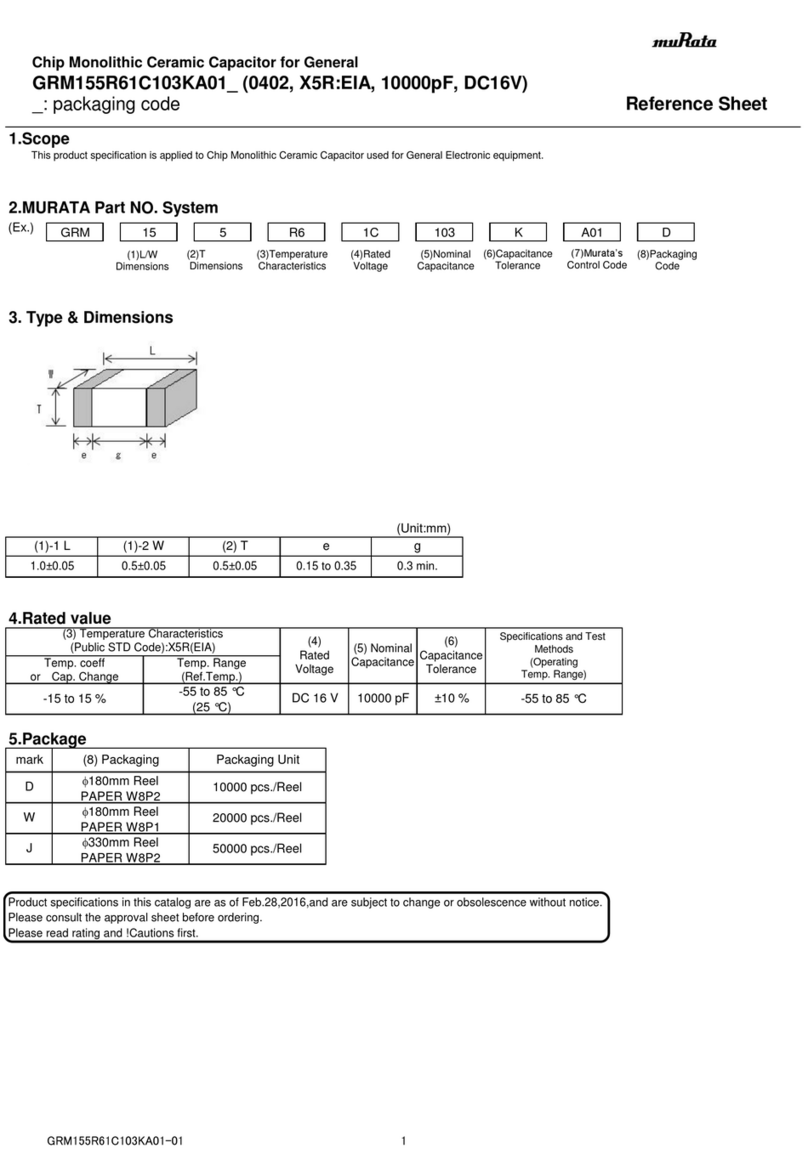
Murata
Murata GRM155R61C103KA01 Series User manual
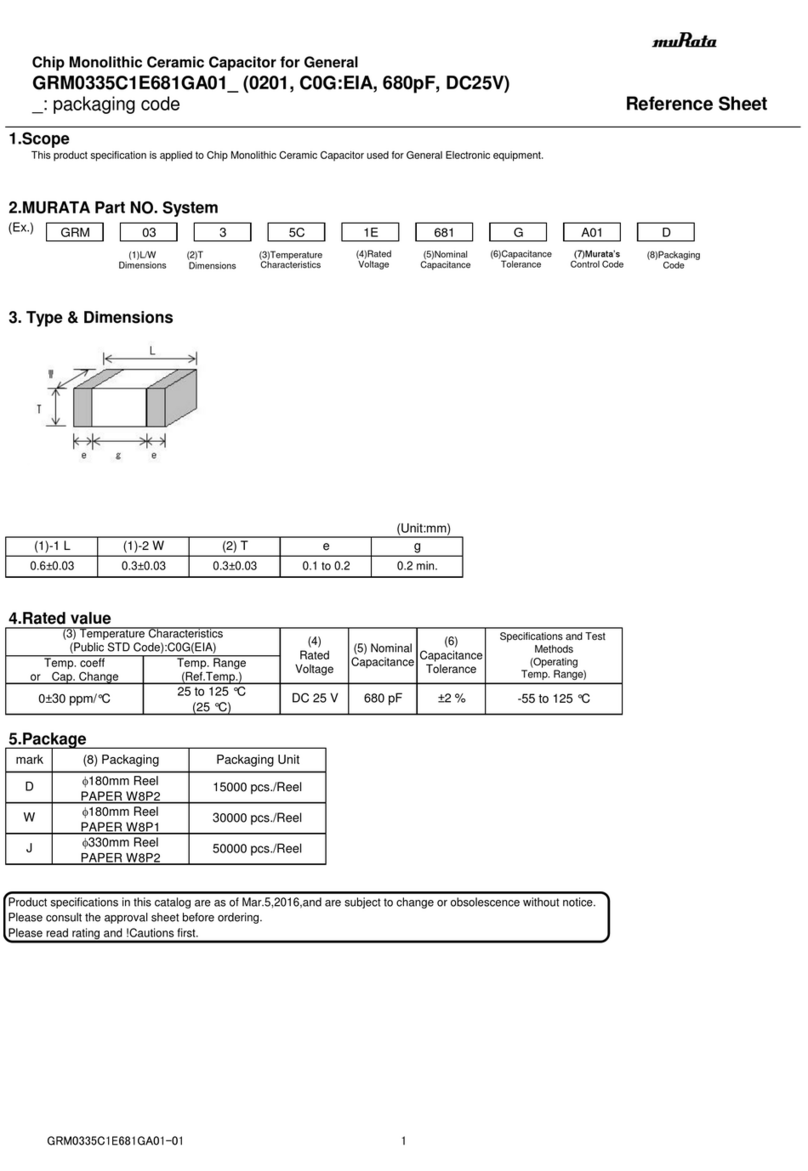
Murata
Murata GRM0335C1E681GA01 Series User manual
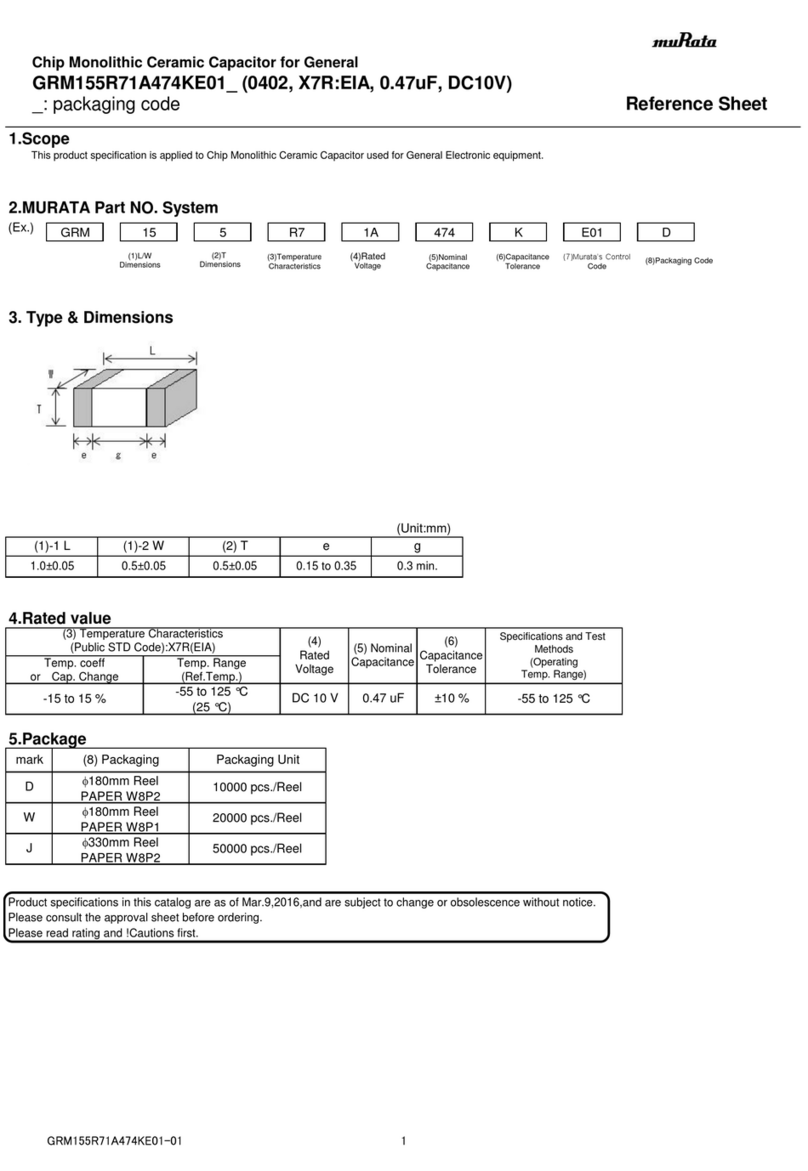
Murata
Murata GRM155R71A474KE01 Series User manual
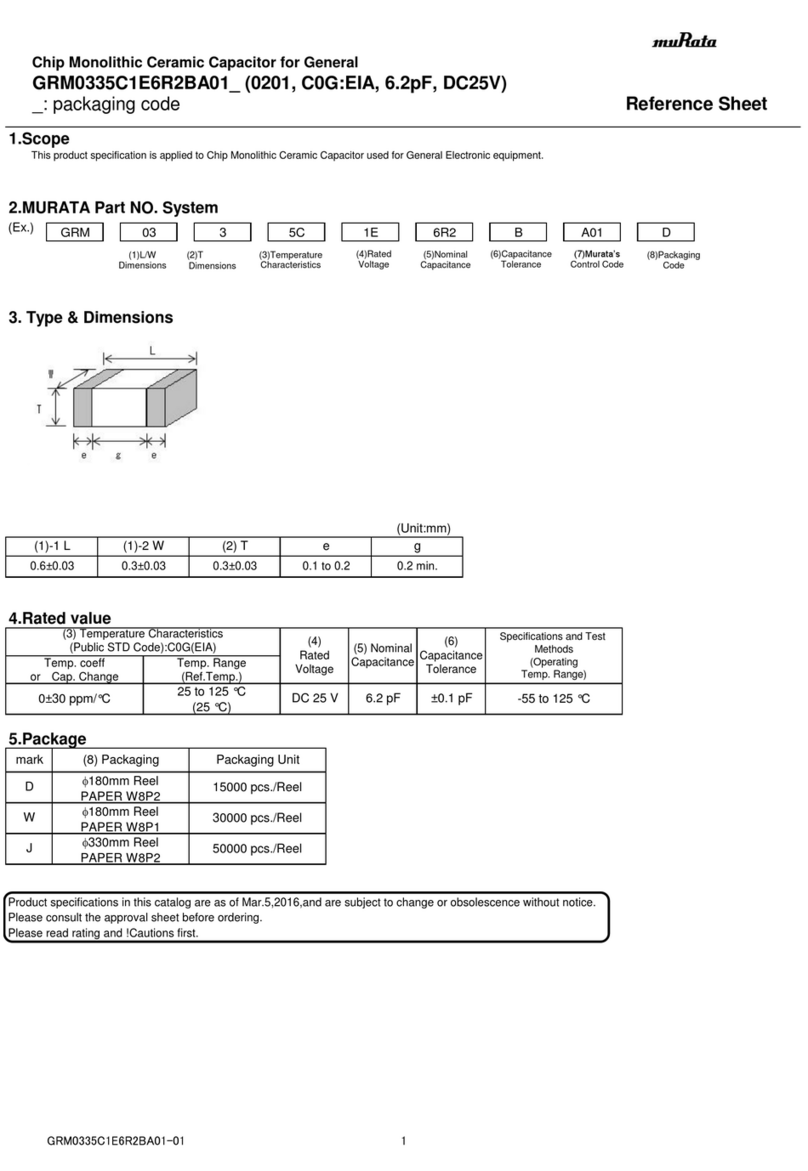
Murata
Murata GRM0335C1E6R2BA01 Series User manual
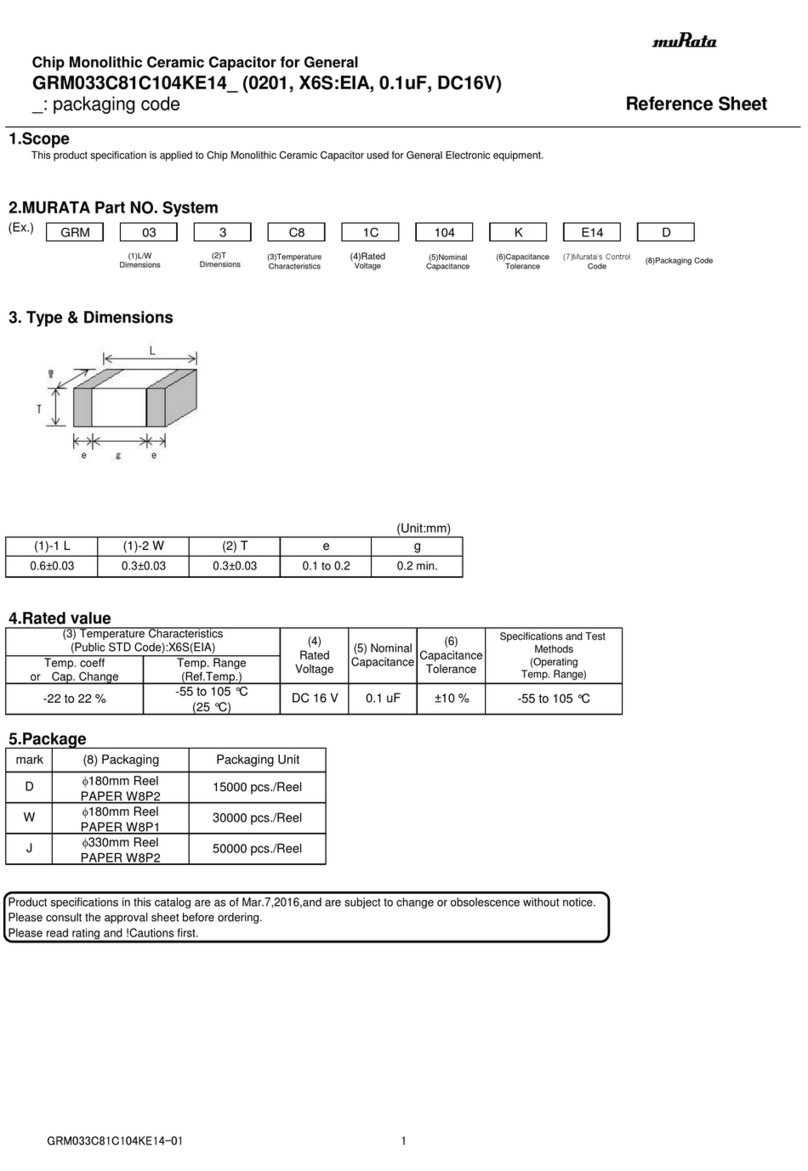
Murata
Murata GRM033C81C104KE14 Series User manual
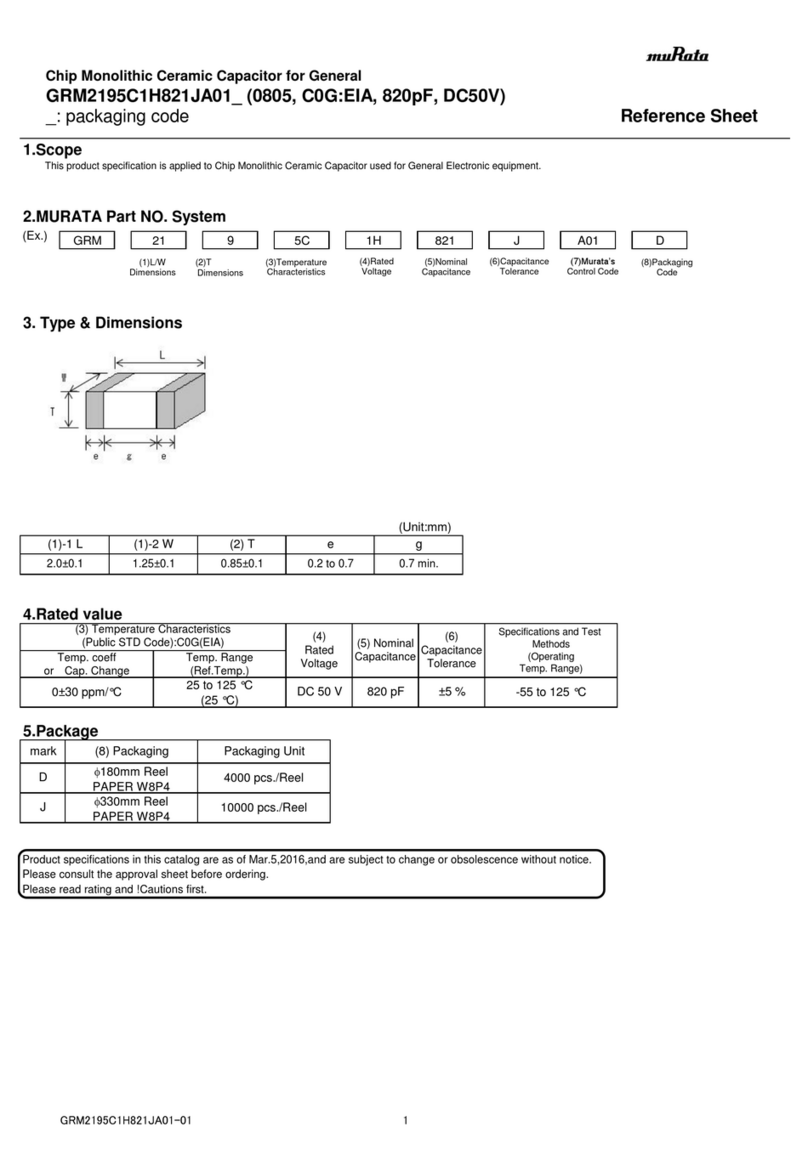
Murata
Murata GRM2195C1H821JA01 Series User manual

Murata
Murata GRM1885C1H222JA01 Series User manual
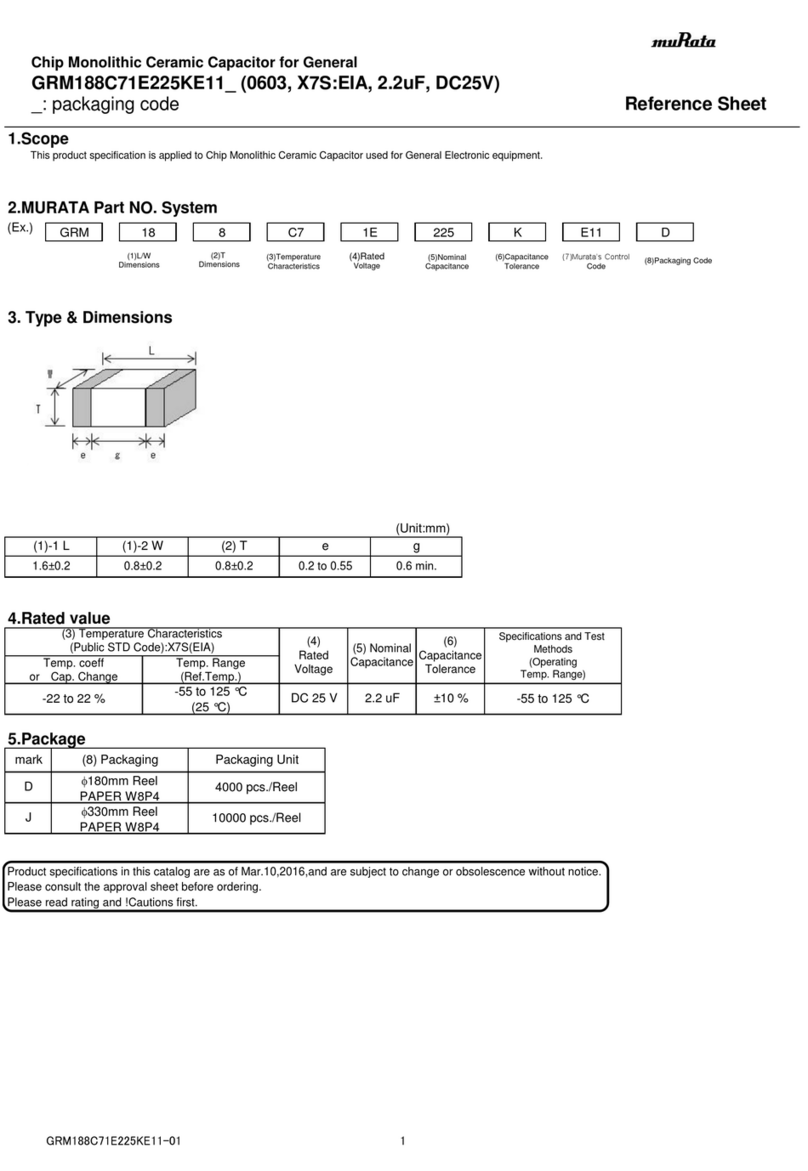
Murata
Murata GRM188C71E225KE11 Series User manual
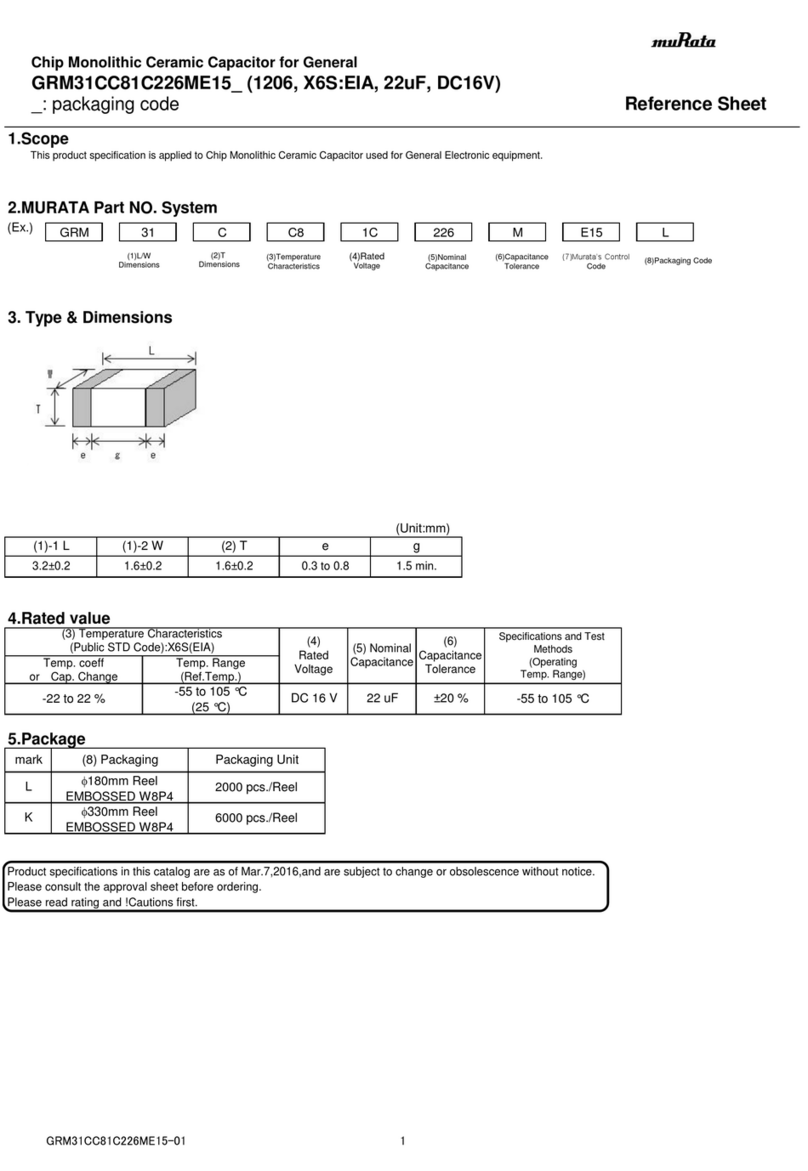
Murata
Murata GRM31CC81C226ME15 Series User manual

Murata
Murata GCM2165C1H272JA16 Series User manual
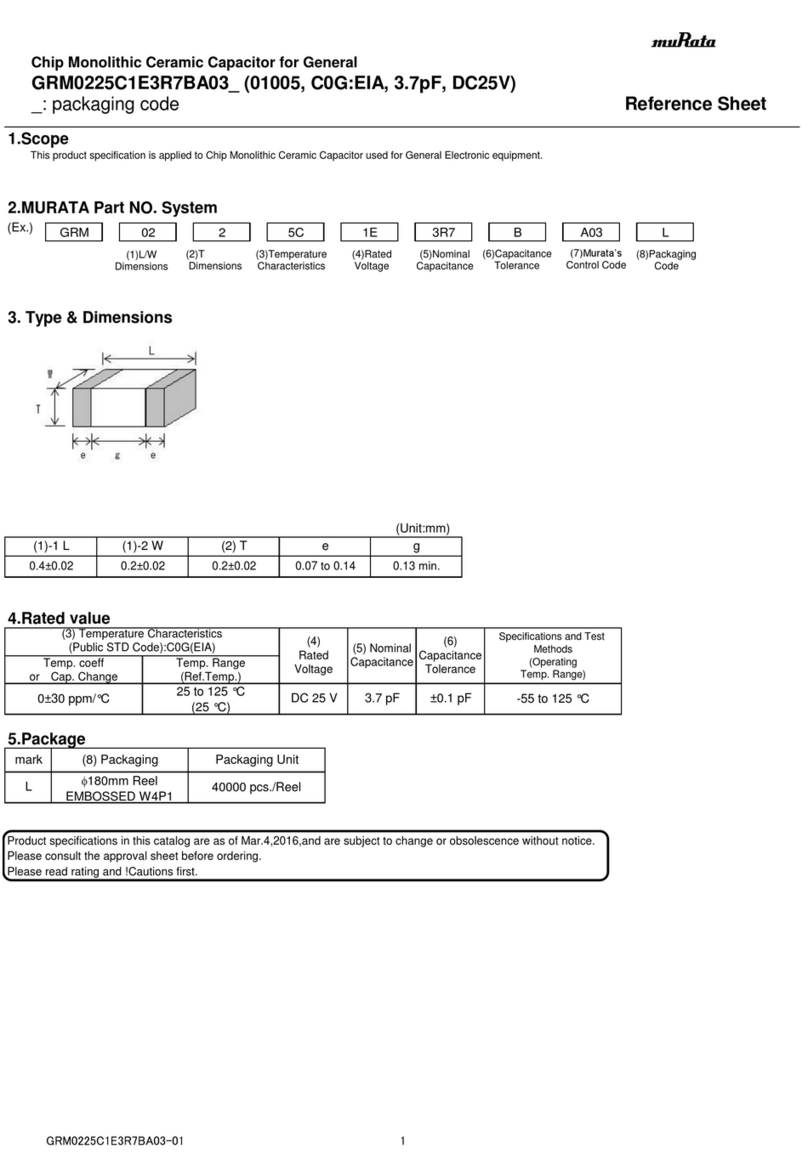
Murata
Murata GRM0225C1E3R7BA03 Series User manual

Murata
Murata GRM0335C1E100JA01 Series User manual
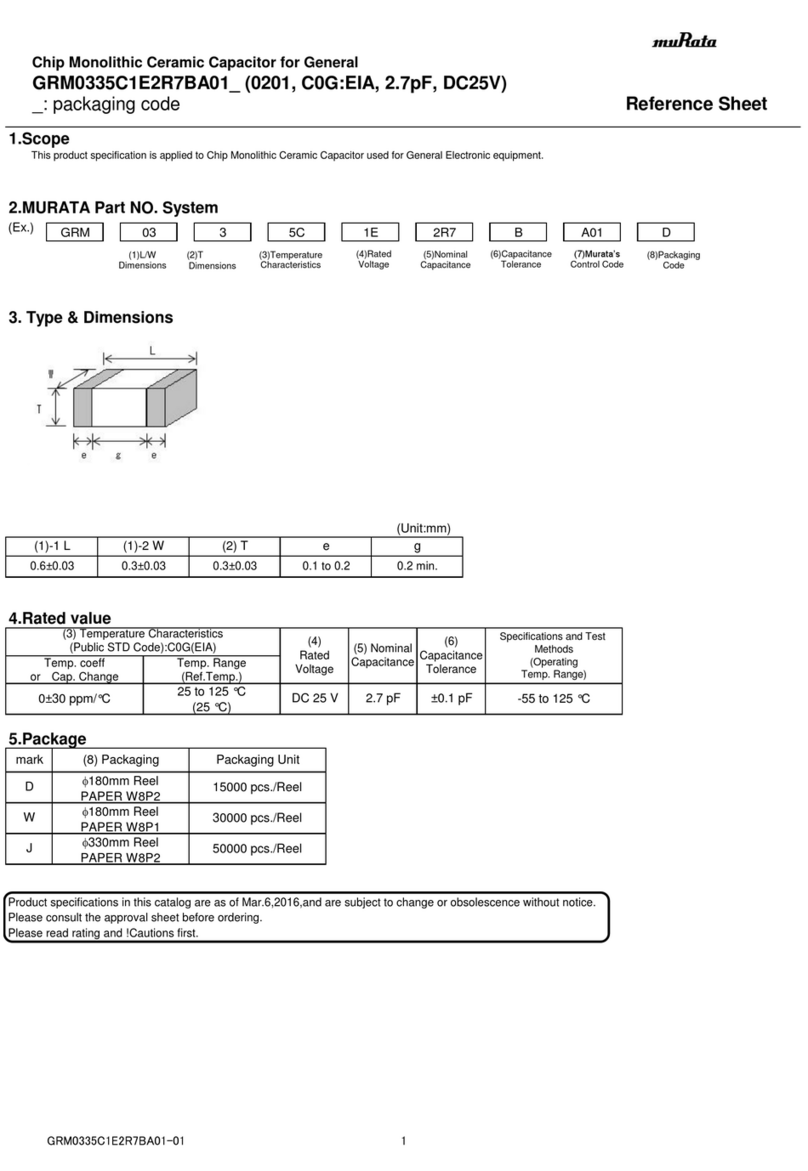
Murata
Murata GRM0335C1E2R7BA01 Series User manual
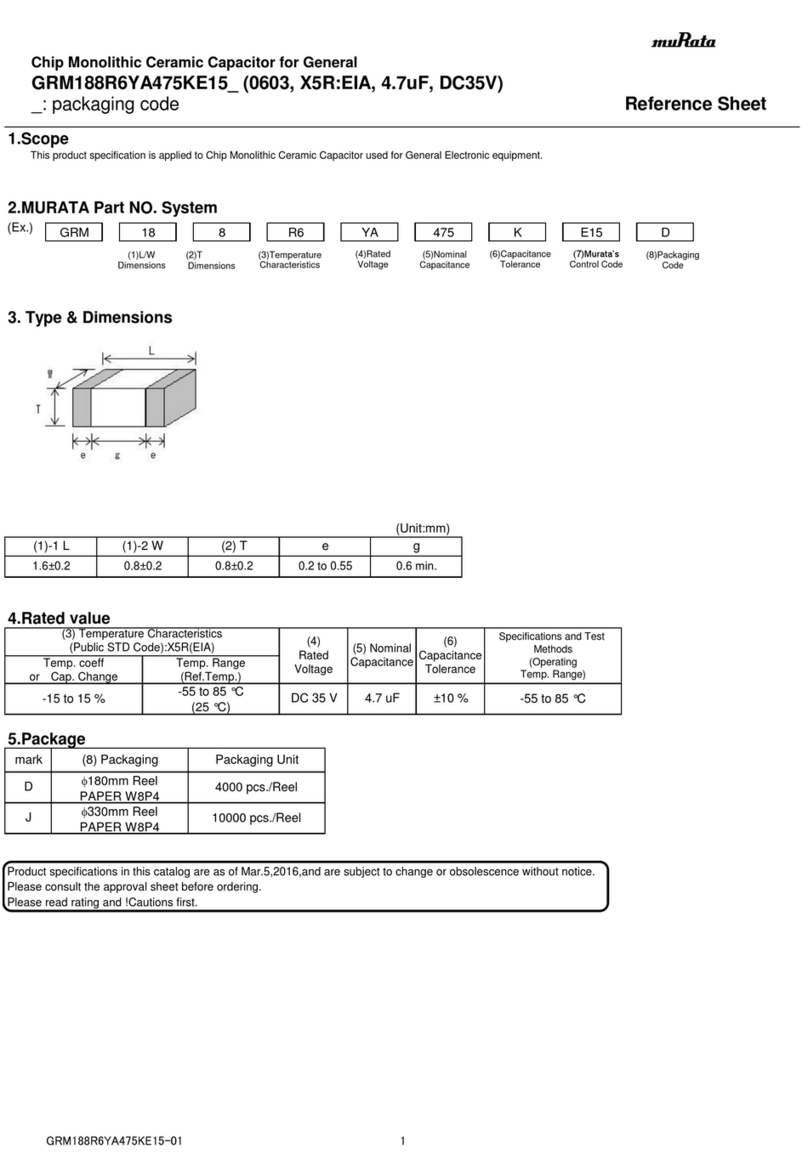
Murata
Murata GRM188R6YA475KE15 Series User manual
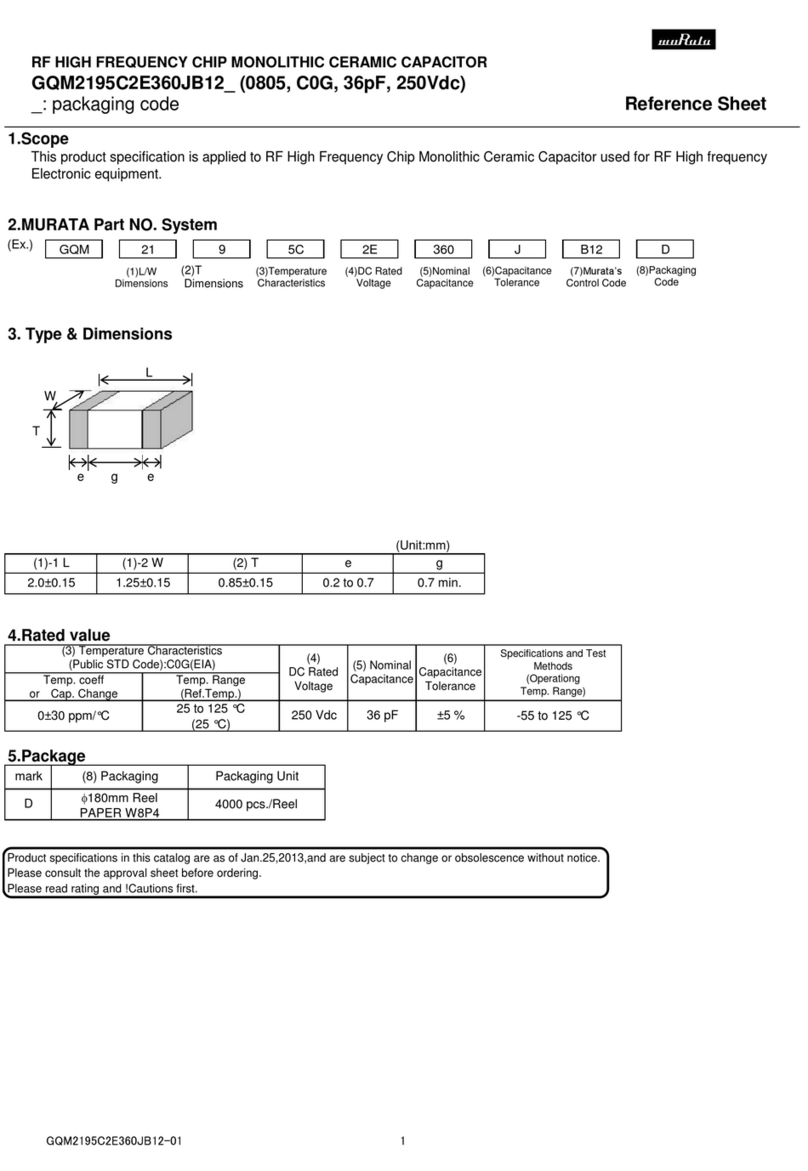
Murata
Murata GQM2195C2E360JB12 Series User manual
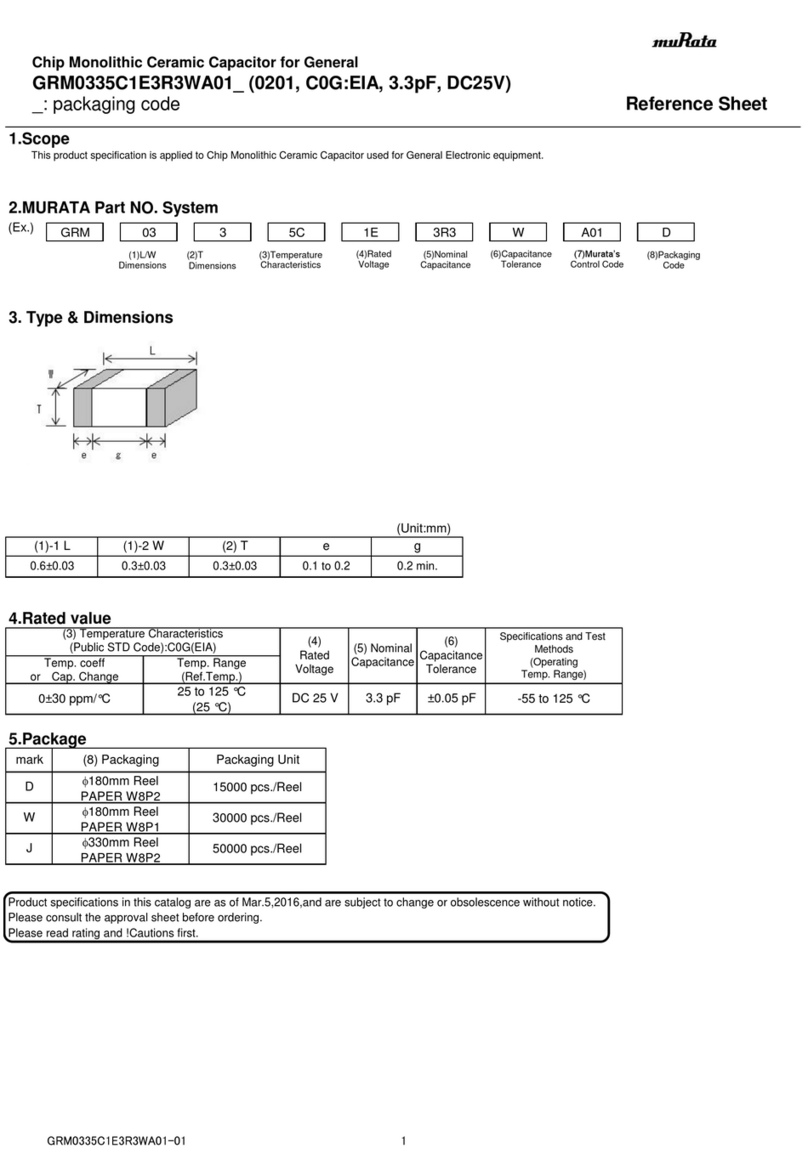
Murata
Murata GRM0335C1E3R3WA01 Series User manual
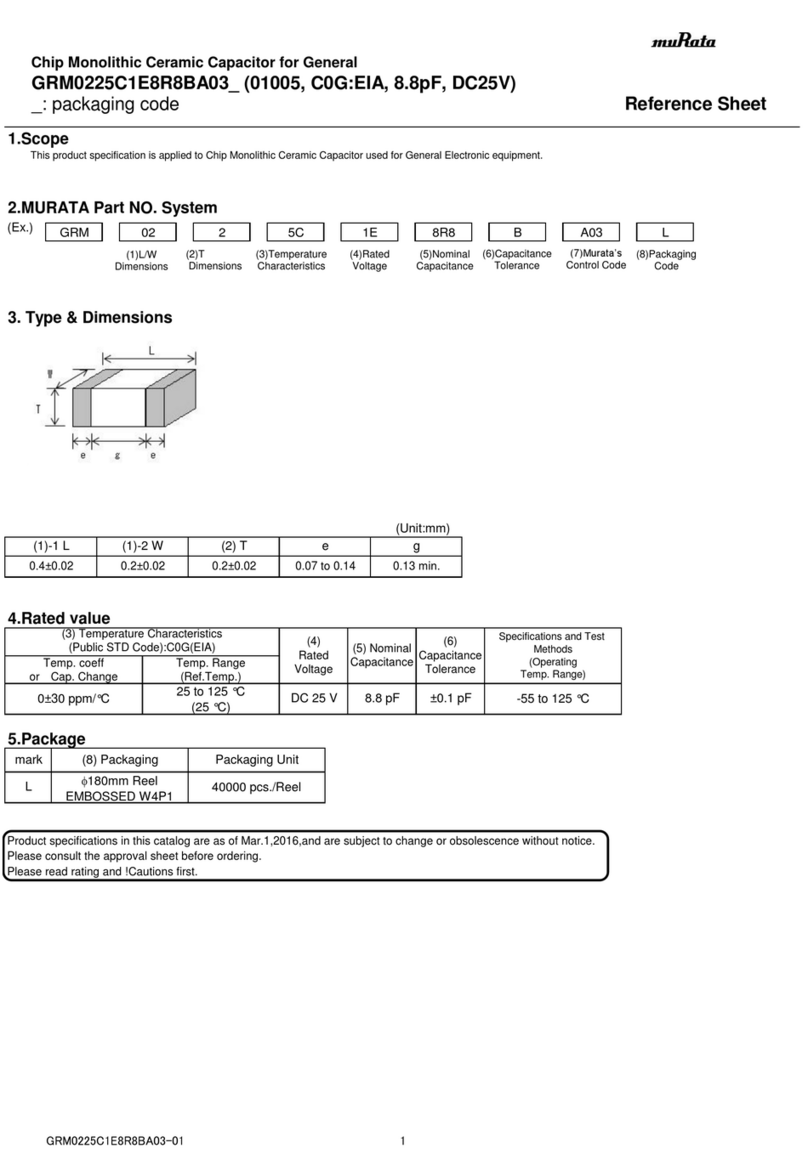
Murata
Murata GRM0225C1E8R8BA03 Series User manual

Murata
Murata GRM155R60J105KE19 Series User manual
Popular Industrial Electrical manuals by other brands
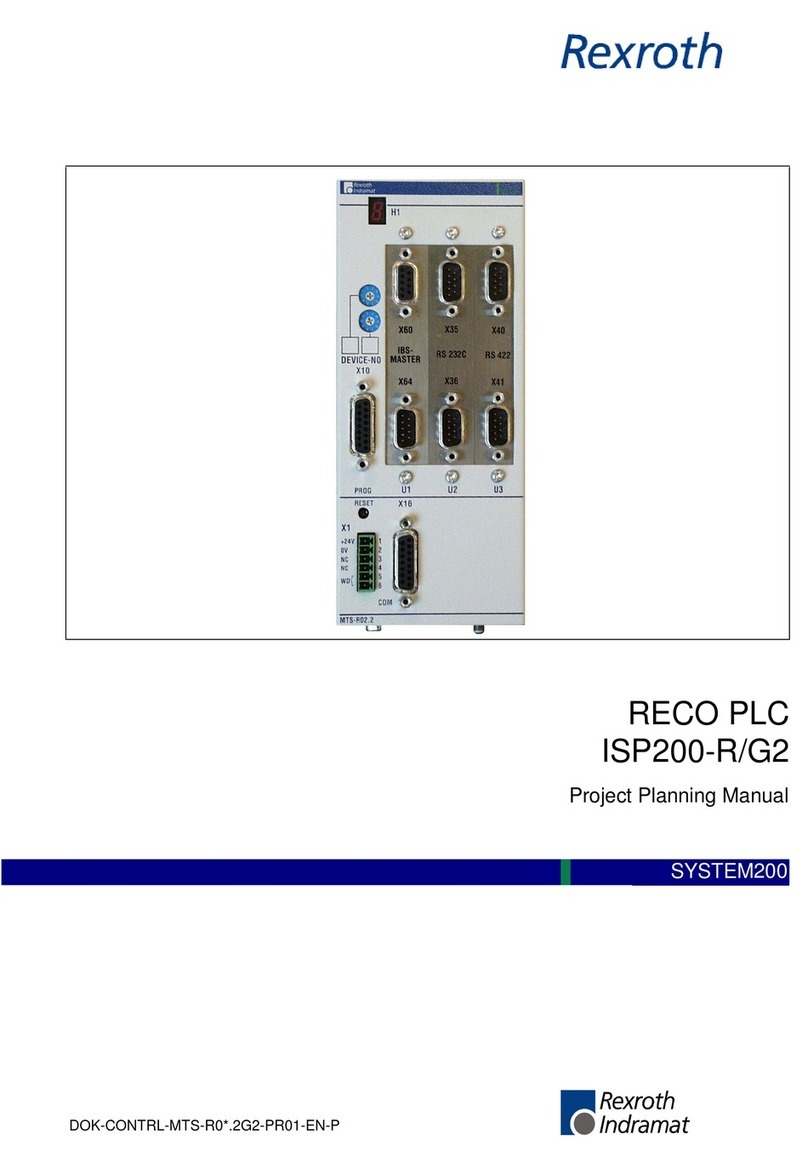
Rexroth Indramat
Rexroth Indramat DURADRIVE SYSTEM200 Project planning manual

Abtech
Abtech HVJB Series Installation, operation & maintenance instructions

SAF-HOLLAND
SAF-HOLLAND CBX 5415.5 Installation and operation manual

Eaton
Eaton Ulusoy HMH24-04 user manual

Newlong
Newlong NP-7H NSTRUCTION MANUAL/PARTS LIST

Stahl
Stahl 8575/12 operating instructions

SI
SI Pegasus installation instructions

Cooper Power Systems
Cooper Power Systems VXE15 Installation and operation instructions

S&C
S&C Vista SD manual

Siemens
Siemens 3VA9988-0BM10 operating instructions
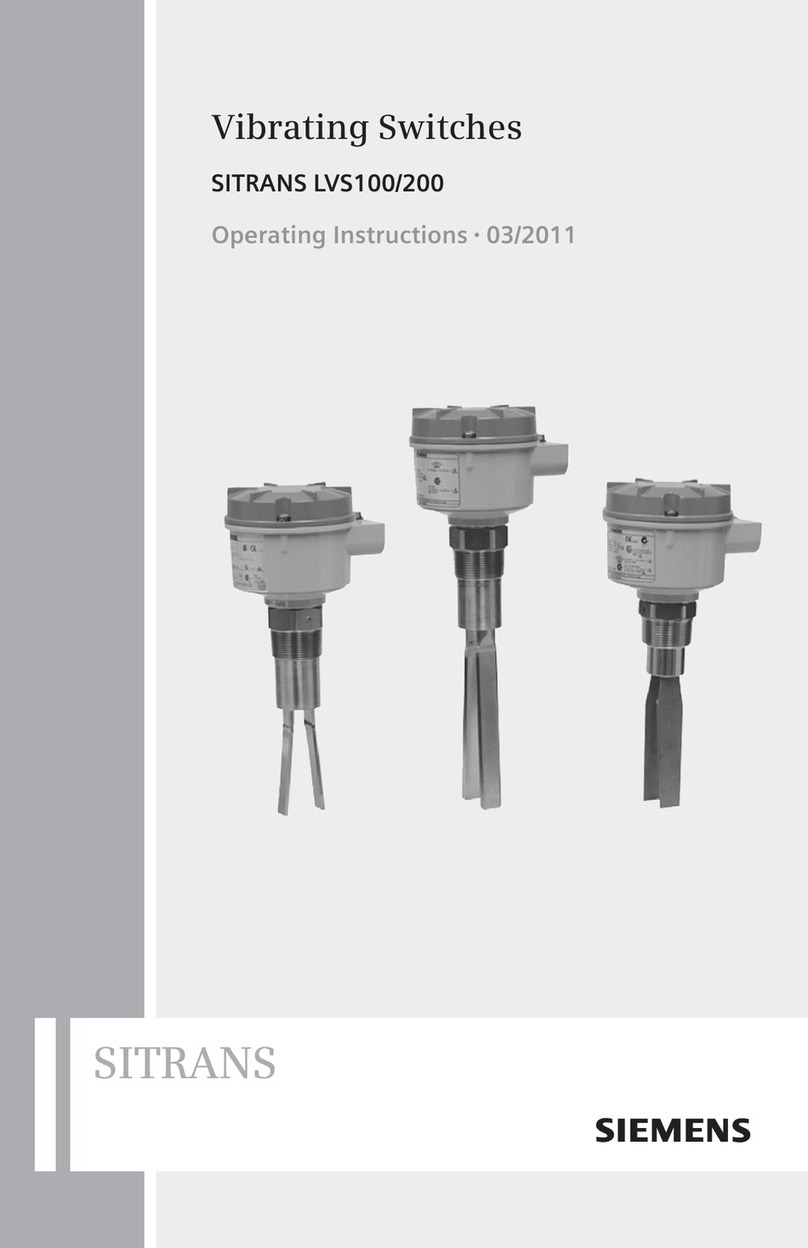
Siemens
Siemens SITRANS LVS100 operating instructions
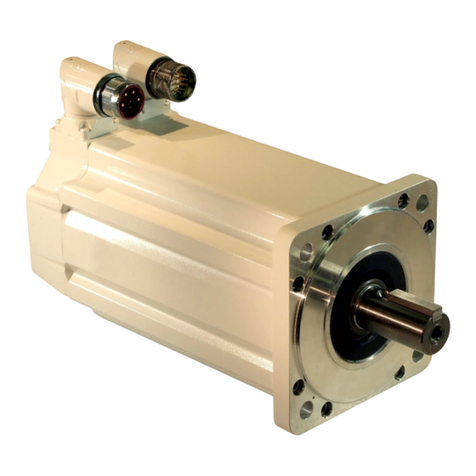
Rockwell Automation
Rockwell Automation Allen-Bradley MP-Series installation instructions

